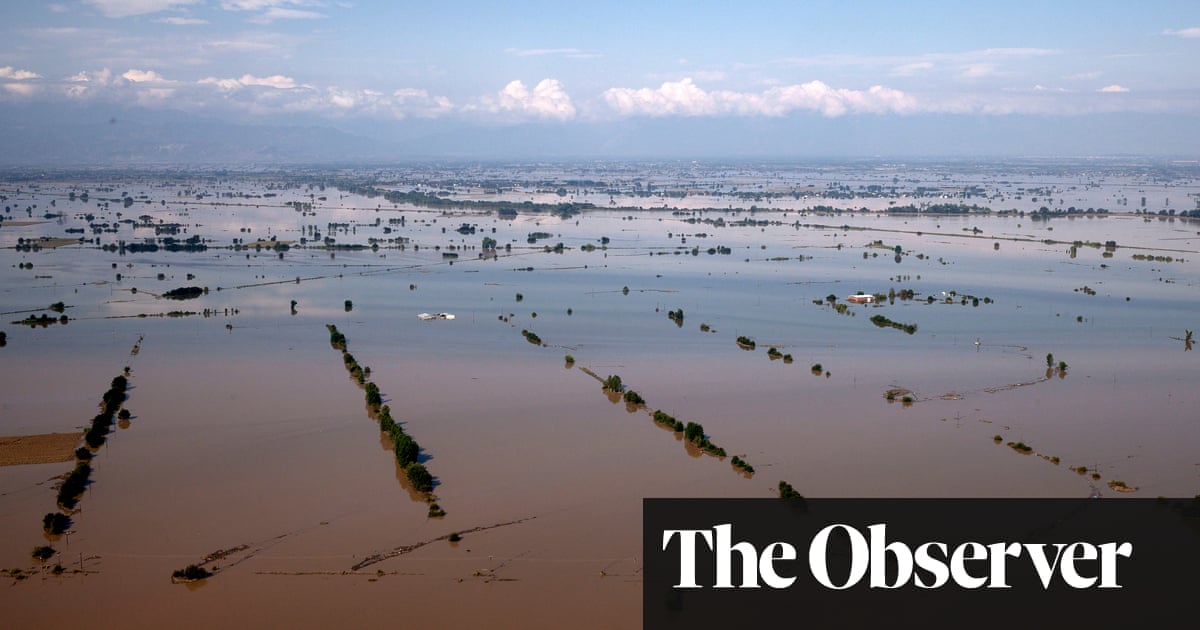
José Mourinho takes so many swings at so many perceived enemies that it is easy to forget there are times that he may be right. As his final season at Chelsea spiraled out of control, Mourinho flailed in all directions: at referees, at his medical staff, at opponents, at the media and eventually at his own players.
But with retrospect a couple of his jabs look well-directed. “I gave my club the report of the season projection on 21 April,” he said after the defeat by Crystal Palace in August 2015. “This is a moment for everybody to assume their responsibilities,” he added during his seven-minute monologue after the loss to Southampton. He had highlighted targets and the club – specifically the transfer committee comprising the director of football Michael Emenalo and the directors Marina Granovskaia and Eugene Tenenbaum – had failed to deliver them.
Nobody expects a similar collapse from Chelsea this season but now, as then, they begin their defense of the title after a Community Shield defeat by Arsenal following a summer of barely explicable stagnation and frustration. It is two and half weeks since Antonio Conte landed in Beijing on Chelsea’s pre-season tour and explicitly outlined how thin he felt the squad was. Since then no further players have been signed and even Gary Cahill, the image of the uncontroversial solid club pro, was moved after the Community Shield to point out the disparity in the length of the squad lists on the back of the program.
The players who have arrived – Álvaro Morata, Tiémoué Bakayoko and Antonio Rüdiger – essentially replace players who have left (or are apparently leaving). A tight squad worked last season because Chelsea were lucky with injuries and had no European football. They cannot hope to get away with it again.
Chelsea have excelled in recent years at selling players at a profit, often when they have barely made an appearance and the aim to make the club self-sufficient is a laudable one. But their strategy clearly has flaws. The squad might look rather healthier had Nathaniel Chalobah and Dominic Solanke not become so disillusioned their lack of game time that they left, and had Tammy Abraham (among a host of others) not been sent out on loan, but given their departures, there is a clear lack of cover at wing-back, in the creative midfield positions and at center-forward.
A small part of the mess, it should be acknowledged, is of Conte’s making. Had he not sent Diego Costa that text in June telling the striker he was not in his plans for next season, then he would at least have the option of the 28-year-old. Costa burgled late goals in both Chelsea’s first two games of last season to get them off to a decent start; with Eden Hazard injured and Morata settling in, that sort of streetwise opportunism might have been quite useful this time round as well.
As it is, Costa remains in limbo, his probable transfer to Atlético on hold because of their transfer ban. But in a sense of more long-term significance than the specifics of who will conjure goals for Chelsea is the issue of why Conte sent that text in the first place. Perhaps it was just clumsy diplomacy, a desire to make a clean break. The striker’s level, after all, had dipped significantly after January when a mooted transfer to China didn’t materialize – only five of his 20 league goals came in the final four months of the season.
Even then it seems strange that Conte, who does not seem a man to shirk confrontation, would choose to text rather than meet face-to-face or phone.
There is a danger with Chelsea of seeing Machiavellian games at every turn, of assuming the spirit of Mourinho has so permeated the walls at Stamford Bridge that nobody does anything without an ulterior motive, but it does not seem a ridiculous explanation to suggest the text may have been meant to force the club’s hand. The text leaked, as Conte must have known it would, and once it did, it became all but impossible for Costa to remain at Chelsea. Even then, Chelsea allowed themselves to be gazumped for Romelu Lukaku.
Conte is clearly unhappy about transfer policy. His comment, “You have to ask the club about this,” when asked last Friday about the sale of Nemanja Matic to Manchester United made clear what he thought. He followed that up this week by describing Matic as “a gross loss, a great loss”.
His post-Community Shield performance, meanwhile, was a masterpiece of passive aggression, refusing to take questions about the make-up of the squad on the grounds he had answered the same questions two days earlier. If all managers refused to answer questions they have recently addressed, most clubs could probably get away with two or three press-conferences a season, as Conte must be well aware: a point was being made.
With Hazard and Bakayoko ruled out for the start of the season, and with Chelsea facing Tottenham, Everton, Arsenal and Manchester City before the end of September, the deficiencies in the squad have been brought into sharp relief. Conte is clearly unhappy, and the squad at the moment looks frankly inadequate. As and when new signings arrive, there will be enormous pressure on them to settle instantly.
Once again Chelsea begin a season as champions far closer to crisis that seemed possible in May. And this time, Mourinho cannot be blamed.
The Guardian Sport












